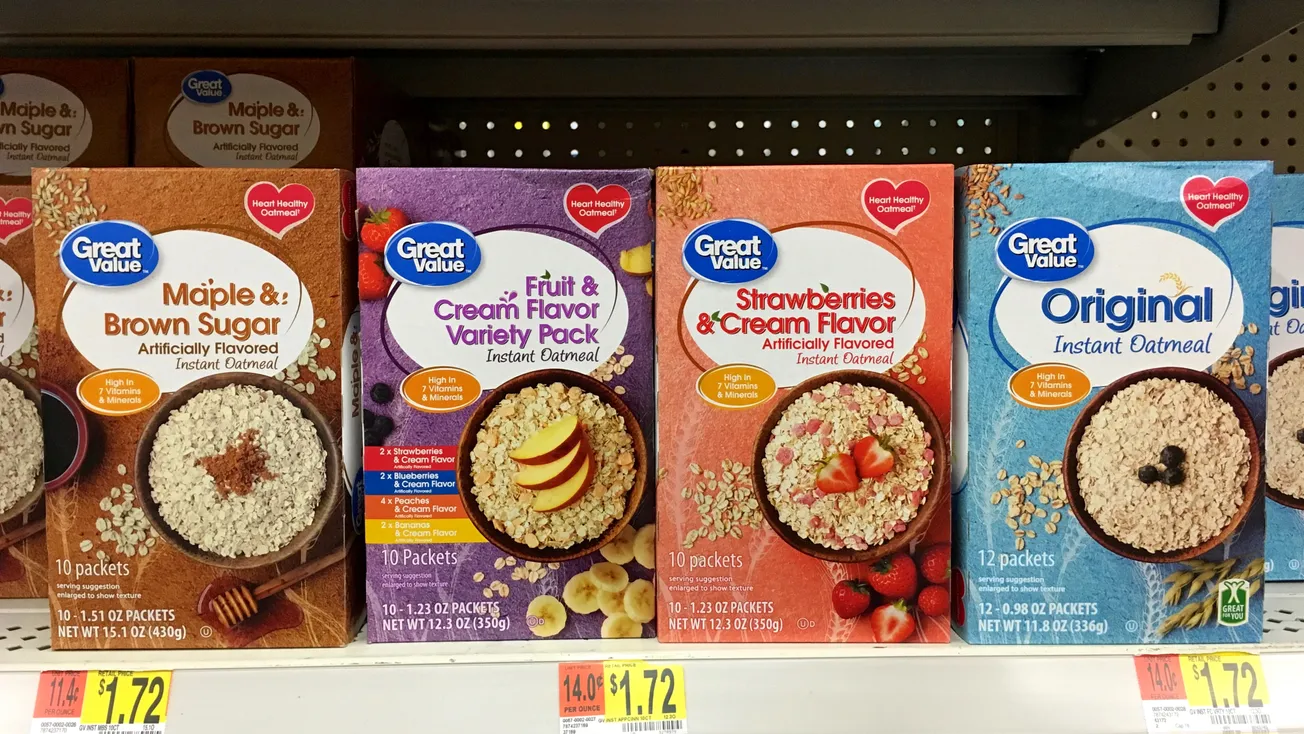The pharmacy landscape is undergoing major transformations as leading chains recalibrate their business models to balance core pharmacy services with a broader focus on retail sales.
The influence of consumer retail revenue on these pharmacy-based outlets’ financial health is particularly evident as large pharmacy chains reassess their strategic focus and explore how supplemental revenue streams—from over-the-counter products to wellness services and convenience items—can support overall sustainability and growth.
Rite Aid, a staple in the U.S. pharmacy landscape since 1962, has faced steep financial challenges, filing for Chapter 11 bankruptcy in October 2023. The company’s strategy centers on stabilizing its finances by shuttering underperforming locations and revisiting its revenue approach.
A notable element of this approach is the integration of higher-margin retail products, which can offset lower pharmacy reimbursement rates and support store viability. By September 2024, Rite Aid had closed 171 locations, primarily in Ohio and Michigan, marking a 18% reduction in its store count from earlier that year.
A leaner Rite Aid aims to retain core pharmacy functions while cultivating a retail presence that emphasizes wellness, convenience, and health-focused products.
Rite Aid’s challenge lies in finding a sustainable mix of high-demand consumer goods that contribute to retail sales without straying too far from pharmacy-focused offerings, which are central to customer loyalty and trust. As it emerges from bankruptcy, Rite Aid’s financial health and stability may increasingly depend on the success of its retail initiatives in tandem with traditional pharmacy services.
Walgreens Boots Alliance, operating over 8,600 stores across the U.S., has been redefining its business model as pressures mount from declining prescription reimbursements and the need for new revenue streams.
In 2024, Walgreens embarked on a three-year plan to close approximately 1,200 stores, primarily in areas where retail and pharmacy performance have stagnated. This streamlining allows Walgreens to concentrate on higher-performing locations while expanding profitable retail services and categories, such as cosmetics, personal care, and wellness products.
Retail sales are a vital component of Walgreens' revenue strategy. Categories such as beauty and convenience items can drive foot traffic and promote impulse purchases, which can help to counterbalance the declining profit margins from prescription sales.
Additionally, Walgreens’ enhanced digital and delivery capabilities make it easier for customers to access both pharmacy and retail items through online platforms. Moving forward, Walgreens’ ability to stabilize revenue may hinge on the success of these retail and e-commerce channels as they work to complement core pharmacy services.
CVS Health has seen rapid evolution, growing from a pharmacy-centric business to a diversified healthcare provider with an integrated model combining insurance, pharmacy, and health services. Since 2021, CVS has been closing 900 stores as part of a store optimization strategy, aimed at adjusting to shifting consumer behavior and the saturation of pharmacy locations in specific regions.
As CVS narrows its store count, the company is leaning into its retail health model, offering wellness and health products, along with traditional retail items that support a healthy lifestyle.
By shifting more of its retail space to include primary care clinics, vaccination sites, and telehealth options, CVS is leveraging its retail footprint to provide an all-encompassing health experience.
Non-prescription retail sales play a critical role in supporting this integrated model, as everyday health and wellness products encourage repeat visits and create new opportunities for customer engagement.
Retail sales, particularly in wellness and convenience categories, are key revenue drivers that support CVS’s healthcare transformation and help to offset operational costs associated with its healthcare expansion.
With over 4,600 in-store pharmacies across the U.S., Walmart has a unique advantage in integrating pharmacy services within its larger retail environment.
In 2024, Walmart expanded its pharmacy offerings by introducing same-day prescription delivery across multiple states, with plans to expand nationwide by early 2025. The ability to pair prescription deliveries with groceries and household items through Walmart+ membership not only enhances convenience but also boosts revenue across Walmart’s various retail categories.
Walmart’s retail model relies on high volume and low margins, which translates well into pharmacy sales but particularly benefits from upsells in retail items like groceries, vitamins, and wellness products. This comprehensive approach ensures that customers can fill prescriptions and purchase essential goods in one visit or delivery, reinforcing Walmart’s value proposition as a one-stop-shop. As retail margins often exceed those from pharmacy prescriptions, Walmart’s competitive advantage lies in its capability to drive incremental retail sales that support its pharmacy business.
The entire pharmacy sector grapples with challenges like reimbursement declines, high operational costs, and competition from online retailers. To navigate these obstacles, pharmacy chains have increasingly shifted focus towards retail categories that can provide steadier revenue streams and mitigate financial pressures from traditional pharmacy operations.
While prescription fulfillment remains at the core of these chains’ identities, revenue generated from personal care, household goods, and health products can make a substantial difference in business health, creating a more robust and resilient income stream.
In examining the business health of pharmacy-based outlets, retail sales offer stability that prescription services alone may lack. Consumer demand for health and wellness products, combined with the convenience of purchasing everyday items alongside prescriptions, drives a hybrid model that blends healthcare services with a retail experience.
This model creates cross-sell opportunities that are particularly lucrative. However, the success of this approach depends on a fine balance—too much focus on retail could detract from the pharmacies’ core healthcare mission, while insufficient retail emphasis risks missing out on key revenue opportunities.
As consumers increasingly value convenience and accessibility, pharmacies that offer a wider array of retail options can better meet these demands. Major chains like CVS, Walgreens, and Rite Aid have invested in enhancing their retail offerings, particularly around categories that support health, wellness, and convenience, while digital advancements enable them to reach consumers through new channels.
However, maintaining relevance in both pharmacy and retail services requires ongoing adaptability, as these chains must stay attuned to consumer preferences, optimize store layouts, and utilize data-driven strategies to forecast trends and personalize services.
Chains that successfully integrate diverse retail categories alongside core pharmacy offerings are likely to see improved financial stability and consumer loyalty.








